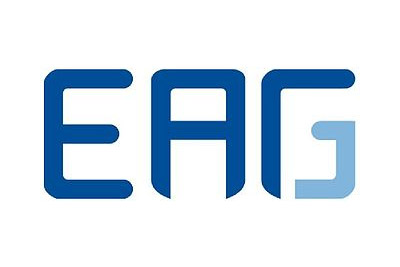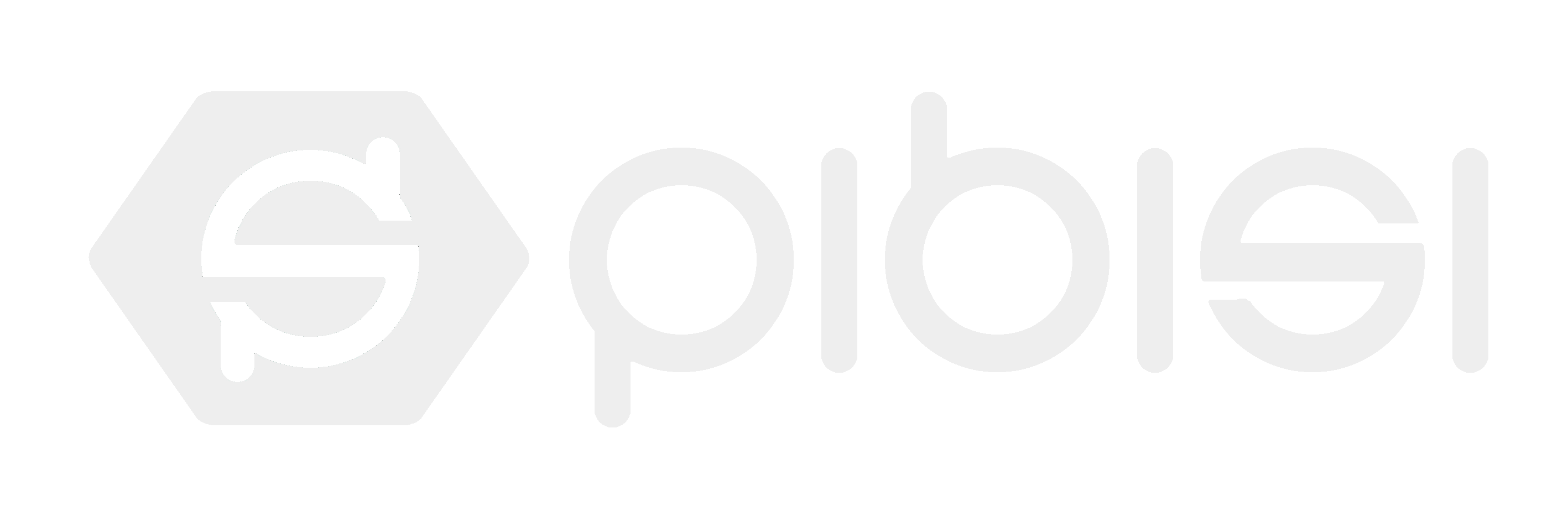Fecha de última actualización: 30/10/2025

The entities and organisations that participate in the anti-money laundering and counter-terrorist financing landscape are many. One type of these organisations are the FATF-style regional bodies (FSRBs) — regional bodies of the type of the FATF —. There are nine FSRBs, such as the APG, integrated into the FATF’s oversight framework. Among these organisations is also the Eurasian Group (EAG) — which coordinates and strengthens AML/CFT strategies in the Eurasian region.
The EAG was established in 2004 to serve those Eurasian countries that were not part of any existing FSRB at that time. The EAG aims to reduce the threat of international terrorism, as well as to strengthen the financial systems of its member states, through integration into the international infrastructure for combating money laundering and terrorist financing.
In the FATF’s 2003 Annual Report the Russian Federation presented the initiative to establish an FSRB in Eurasia. Later several meetings were held among the countries that would form the EAG’s founding core — Belarus, Kazakhstan, China, Kyrgyzstan, Russia and Tajikistan — with the initiative being officially launched on 6 October 2004. In that agreement the founding states committed to establish a regional body for AML/CFT, in addition to defining its organisational and statutory structure.
In June 2011 the EAG formally adopted the international standards for AML/CFT and proliferation issued by the FATF, thereby becoming an official FSRB. Today the EAG consists of nine countries:
- Belarus
- China
- India
- Kazakhstan
- Kyrgyzstan
- Russian Federation
- Tajikistan
- Turkmenistan
- Uzbekistan
For example, in February 2023 and as a consequence of the Russian invasion of Ukraine, the FATF decided to suspend the membership of the Russian Federation as a FATF member. The Russian government, through its Financial Intelligence Unit, described the decision as unfounded.
Additionally, states such as Japan, Germany or Mongolia join as observer members; these countries promote the activities undertaken by the EAG.
The ultimate objective of the EAG is to enhance the protection of the economies and financial systems of its member states against the risks of money laundering, terrorist financing and proliferation financing. This is achieved through the use of the international standards established by the FATF, particularly the 40 Recommendations.
One of its main activities, as happens in other FSRBs, is the implementation of mutual evaluations. These are peer-review mechanisms aimed at assessing the level of compliance with the 40 Recommendations in the member states. The member states, together with observer members, evaluate one another.
For example, in 2024 the mutual evaluation of India took place. The evaluation team included experts from Russia, the UAE, South Africa and Japan.
Regarding its organisational structure, the EAG is comprised of two bodies: the Plenary and the Secretariat.
The Plenary is the EAG’s supreme body and meets at least once a year with delegations from the member states; in it the key matters of common interest are addressed, the Group’s strategy and orientation are defined, and decisions of a recommendatory nature are adopted in order to reach its objectives. Plenary decisions are always taken by consensus.
The Secretariat, permanently led by the EAG’s Executive Secretary—appointed by the Plenary—, is responsible for achieving the EAG’s objectives, implementing the decisions of the Plenary and working groups, as well as the instructions of the President. The Secretariat’s seat is located in Moscow.
I am an obliged entity and looking for an AML tool.
Great! You’ve come to the right place at the right time. Request a demo with the Pibisi team and tell us what you need with no obligation.
I’m not sure if I’m an Obliged Entity…
No problem, it’s a very common question. Take our simple questionnaire and find out NOW.
If you want to stay updated with new articles, subscribe to our newsletter if you haven’t done so already.
And if you’d like to suggest a topic you’d like us to write an article about, or you simply want to get in touch with us, you can do so via our contact form.

